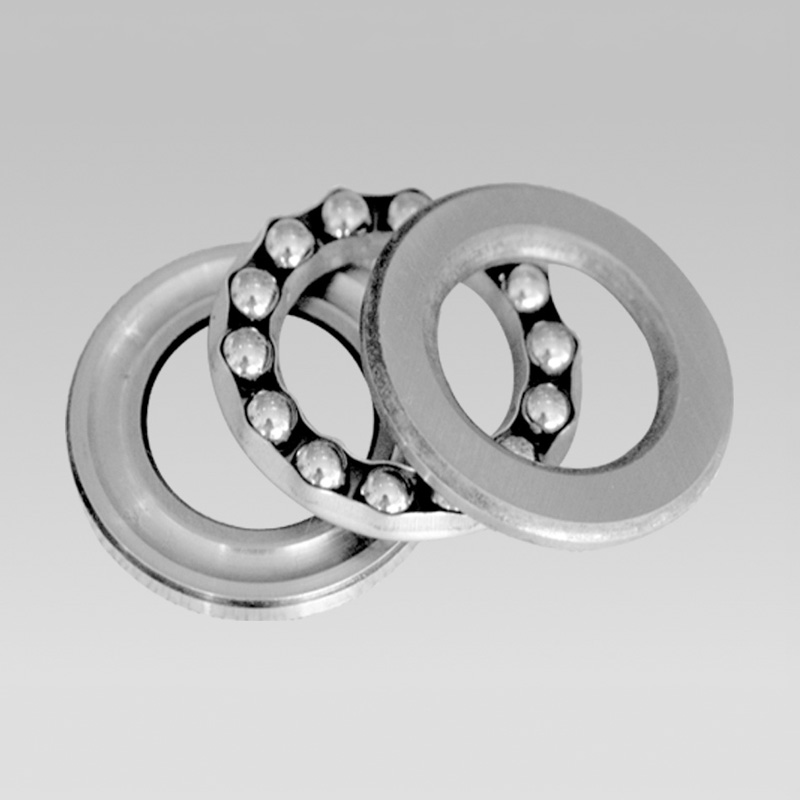
10 月 . 22, 2024 09:11 Back to list
Understanding Needle Roller Thrust Bearings and Their Applications in Mechanical Systems
Understanding Needle Roller Thrust Bearings
Needle roller thrust bearings are a specialized type of bearing designed to accommodate axial loads while maintaining low friction and high performance. These bearings are characterized by their unique design, which includes long, slender rollers arranged in a circular array, allowing them to distribute the load evenly across the bearing surface. This article delves into the features, applications, advantages, and maintenance of needle roller thrust bearings.
Design Features
The essential feature of needle roller thrust bearings is the use of needle-shaped rollers, which provide a larger contact area compared to traditional cylindrical rollers. Their length-to-diameter ratio makes them particularly effective in high-load applications where space is limited. The rolling elements are situated between two rings, typically referred to as the thrust washer and the housing. This setup minimizes the friction between moving parts, resulting in improved efficiency and reduced wear.
Several design variations exist within needle roller thrust bearings. Some feature a cage to guide the rollers and keep them evenly spaced, while others may come without a cage, allowing for a greater number of rollers at the expense of some additional friction. Regardless of the design, these bearings are tailored to handle substantial axial loads, making them suitable for various industries, including automotive, industrial machinery, and aerospace.
Applications
Needle roller thrust bearings find applications across various sectors due to their unique load-bearing capabilities and compact design. In the automotive industry, they are commonly used in clutches, gearboxes, and torque converters, where they support high thrust loads and enable smooth operation. In industrial machinery, these bearings are often implemented in larger machines such as cranes, conveyors, and presses, where they can withstand constant and predictable axial forces.
Aerospace applications also benefit from needle roller thrust bearings. Their lightweight construction and high load capacity make them ideal for critical components that require reliability and efficiency. Furthermore, they have been integrated into flight control systems and actuation mechanisms, where precision and responsiveness are crucial.
needle roller thrust bearing

Advantages
The primary advantages of needle roller thrust bearings include their ability to handle high loads while occupying minimal space, leading to overall design efficiency in machinery. The low friction generated by needle rollers allows for smoother operation, which can enhance the lifespan of the equipment and reduce maintenance costs. Additionally, the large load-bearing capacity provides design flexibility, enabling engineers to create more compact and lightweight machinery without sacrificing performance.
Needle roller thrust bearings also exhibit excellent rotational characteristics. Their design enables them to achieve high speeds while maintaining stability, an essential trait in applications where moving parts need to operate seamlessly. Moreover, because they can be manufactured from various materials, including steel and ceramic, they can be tailored to suit specific operational conditions, such as temperature and environmental exposure.
Maintenance Considerations
While needle roller thrust bearings are designed for durability and performance, proper maintenance is crucial to ensure longevity. Regular lubrication is essential to minimize wear and tear and to prevent overheating due to friction. Manufacturers typically recommend specific lubricants based on the operating environment and load conditions, so it’s important to adhere to their guidelines.
Inspection for signs of wear, such as pitting or scoring on the surface, can help identify potential failures before they occur. Ensuring that the bearings are correctly aligned and mounted is also vital, as misalignment can lead to uneven loading and premature failure.
In conclusion, needle roller thrust bearings are an integral component in a wide range of applications, providing essential support for axial loads in a compact design. Their unique features, combined with their ability to deliver high performance, make them an ideal choice for many industries. Proper maintenance and understanding of their operational characteristics can significantly enhance their performance, ensuring reliability in critical applications.
Latest news
-
Unlocking Efficiency with Spherical Roller Bearings
NewsOct.29,2024
-
The Ultimate Guide to Thrust Ball Bearings
NewsOct.29,2024
-
The Power of Thrust Roller Bearings: Engineered for Excellence
NewsOct.29,2024
-
The Power of Deep Groove Ball Bearings for Your Application Needs!
NewsOct.29,2024
-
The Power and Performance of Cylindrical Roller Bearings
NewsOct.29,2024
-
High-Quality Ball Bearing Manufacturing Machines
NewsOct.29,2024
